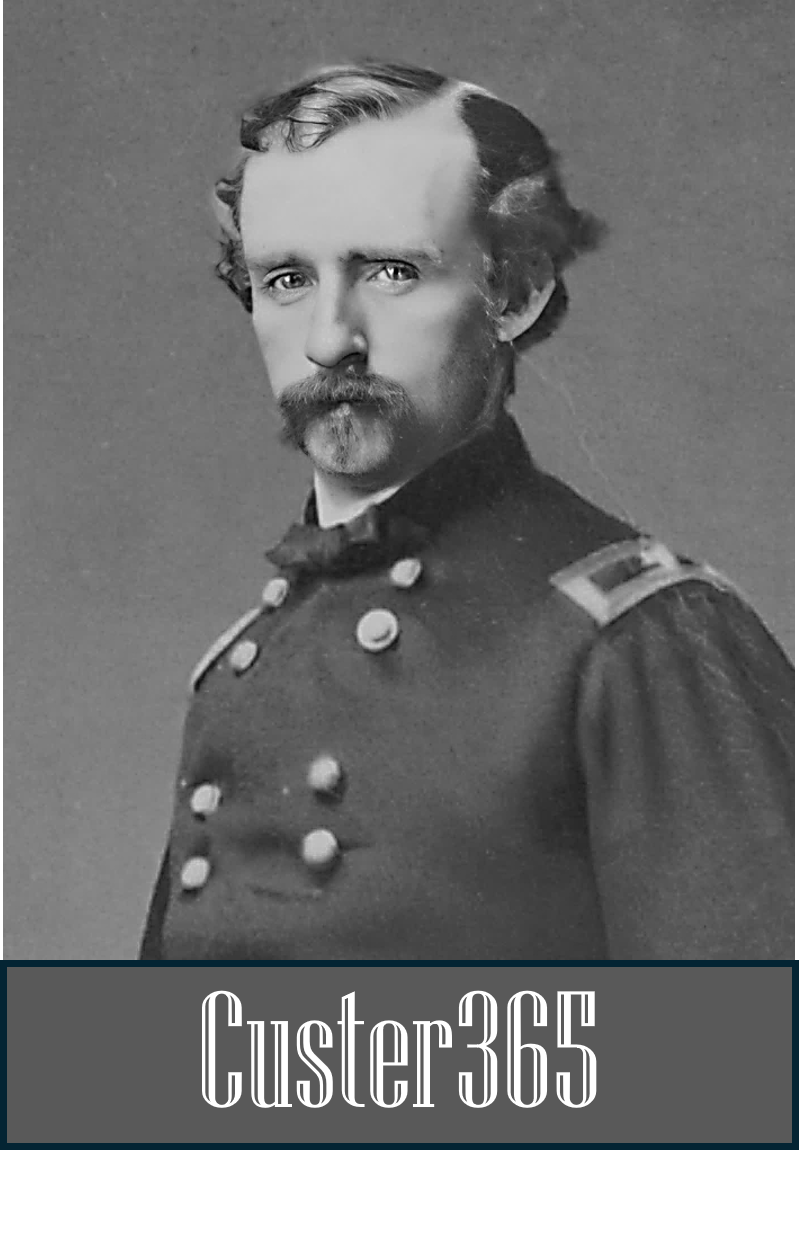OCT 9: The Woodstock Races
On Oct. 9, 1864, George Armstrong Custer prepares to square off against Confederate cavalry under the command of General Thomas Rosser on a battleground south of Tom’s Brook near Strasburg, Virginia. Custer had been promoted to Brevet Major General of U.S. Volunteers with a division to command and this would be his first battle as a division commander, according to Stephen E. Ambrose in the book “Custer and Crazy Horse.”
Custer and Rosser were classmates and friends at West Point. Custer nicknamed Rosser "Tex" and Rosser called Custer "Fanny". Rosser, however, left West Point just before graduation (June 1861) when Texas seceded from the Union.
On Oct. 8, Major General Philip Sheridan laid in to Custer’s commander, Gen. Afred Torbert, venting his displeasure at how close Confederate cavalry had gotten to Union forces that were pulling back after successfully destroying Rebel resources in Virginia’s Shenandoah Valley during “The Burning.” Sheridan reportedly told Torbert to “go out there in the morning and whip that Rebel cavalry or get whipped yourself!” Torbert immediately issued orders for Custer and another Union general, Wesley Merritt, to do just that.
According to the National Park Service, “Around 6 a.m. on October 9, Custer’s troopers started forward along the Back Road towards Tom’s Brook.
Artist Alfred R. Waud’s sketch of Custer saluting Rosser at The Woodstock Races. (Credit: Library of Congress)
“As the Federal cavalry approached, Rosser recognized his academy classmate, Custer, leading his men. Custer saw Rosser, too, and in the spirit of the chivalry of old, Custer stopped his horse, took off his hat, and bowed, shouting: ‘Let’s have a fair fight and no malice!’ Rosser responded in kind, bowing, and the troopers of both sides sent up a deafening cheer.”
As Union cavalry swarmed the Confederates, supported by Union artillery, Custer led the 5th New York Cavalry in “one of the most splendid charges they ever made,” and raced up a slope just south of the Brook. Yelling at the top of their lungs, “the Yankee regiments slammed into (Col. Thomas) Munford’s men, and the Southern ranks evaporated.”
Munford later said, “My men could see that their only chance was in a run, and a quick one at that.” The Confederate retreat was rapid and Custer and the Union cavalry chased them as about 10 miles south to the town of Woodstock. Thus, the battle and stunning Confederate loss came to be known as, “The Woodstock Races.”
Ambrose wrote, “Custer took six cannon, Rosser’s supply train, ambulances and headquarters wagons. Next day, Custer appeared before his men, dressed in Rosser’s uniform, which was far too large for Custer. He wrote a note to Tom asking him to have his tailor make the tails shorter next time.”


